Within the true mudskippers – these are the species that actively leave the water and search for food on land, etc. – there are two genera: Periophthalmus (19 species) and Periophthalmodon (3 species). They do not differ externally, only in the structure of their teeth. We have now received Periophthalmodon septemradiatus from India, a beautiful species that grows to about 10 cm in length.
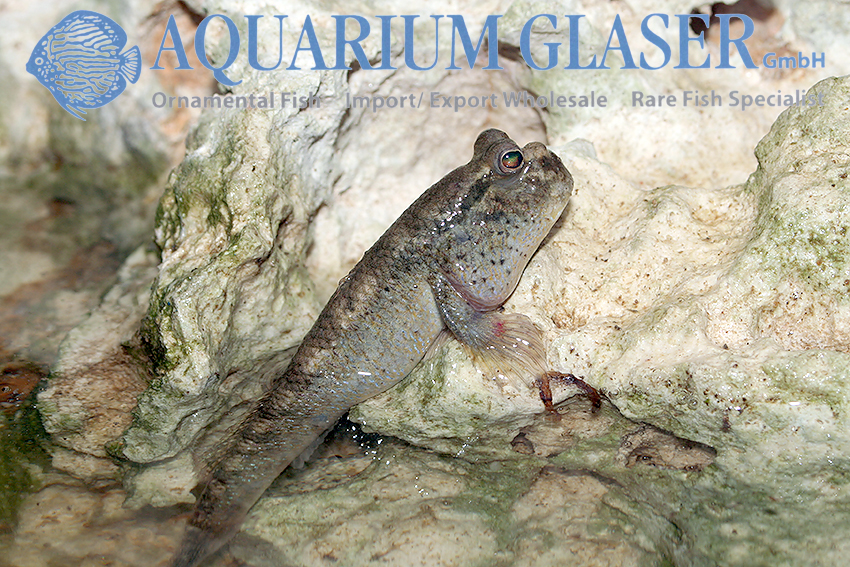
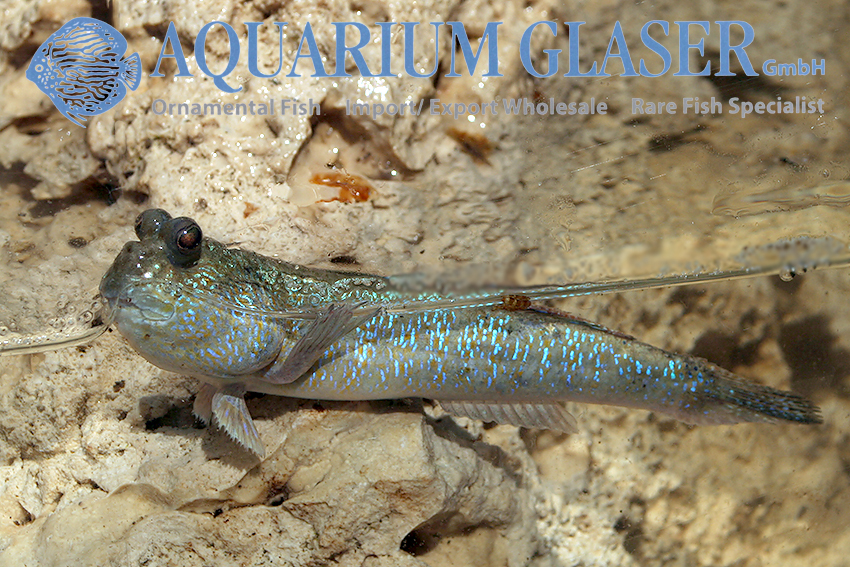
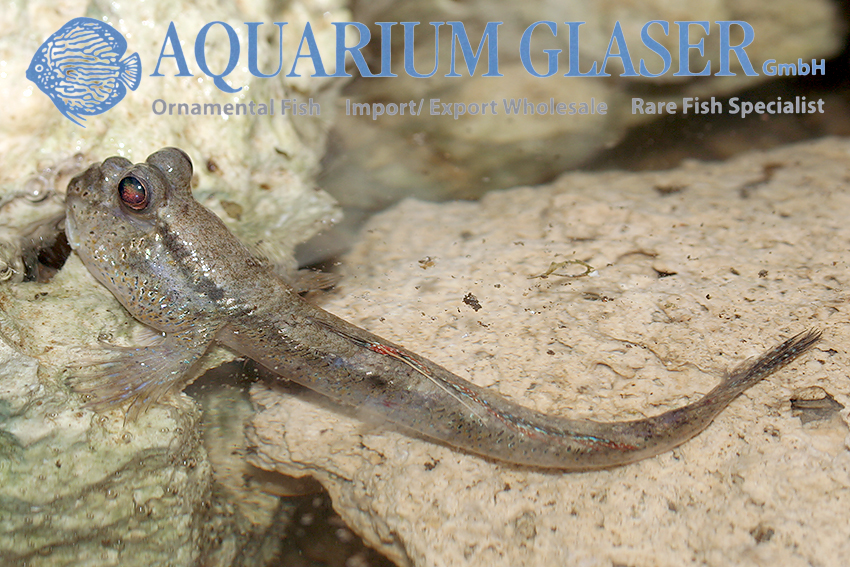
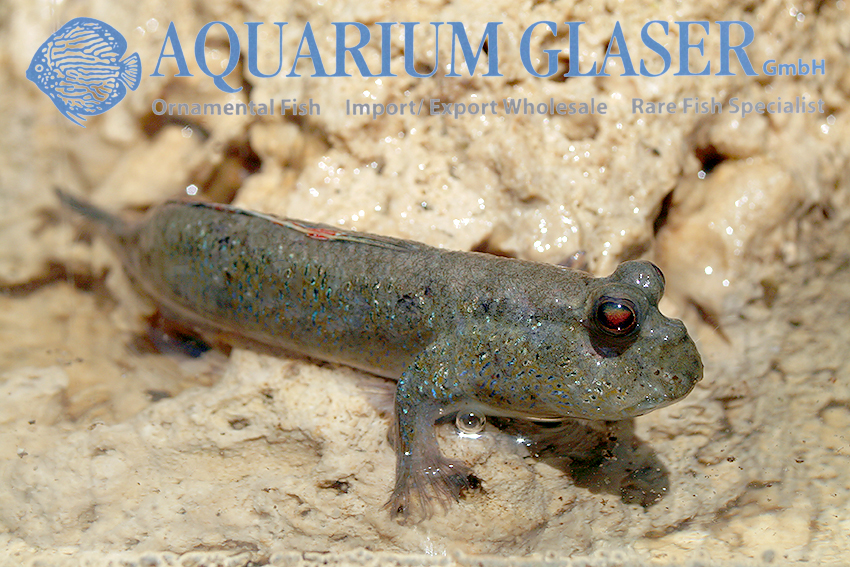
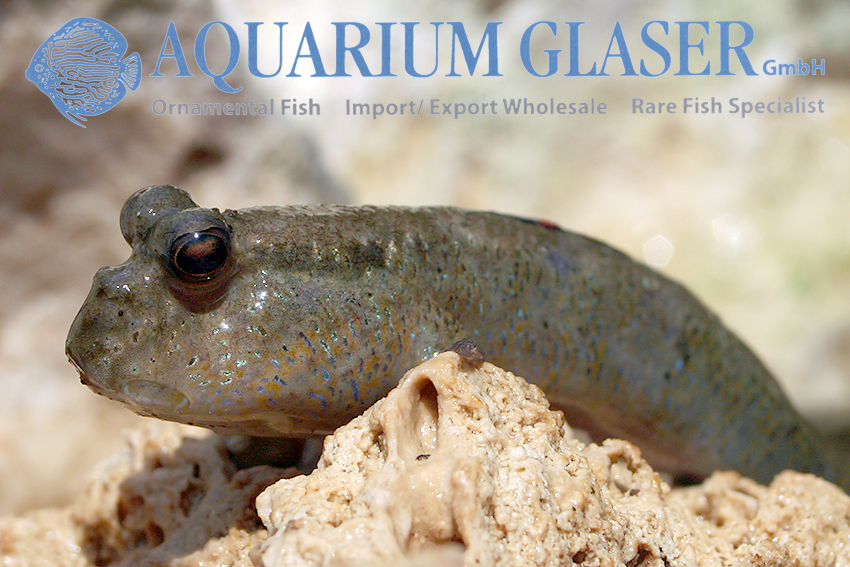
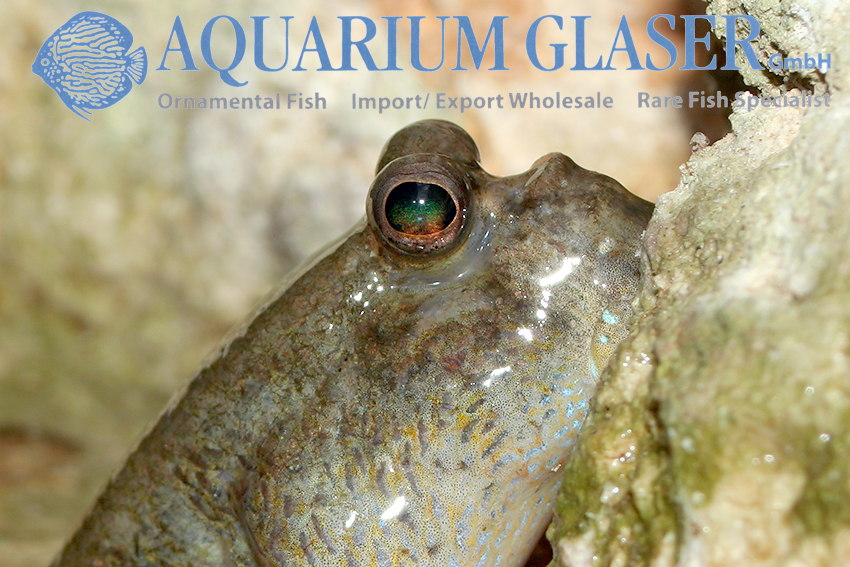
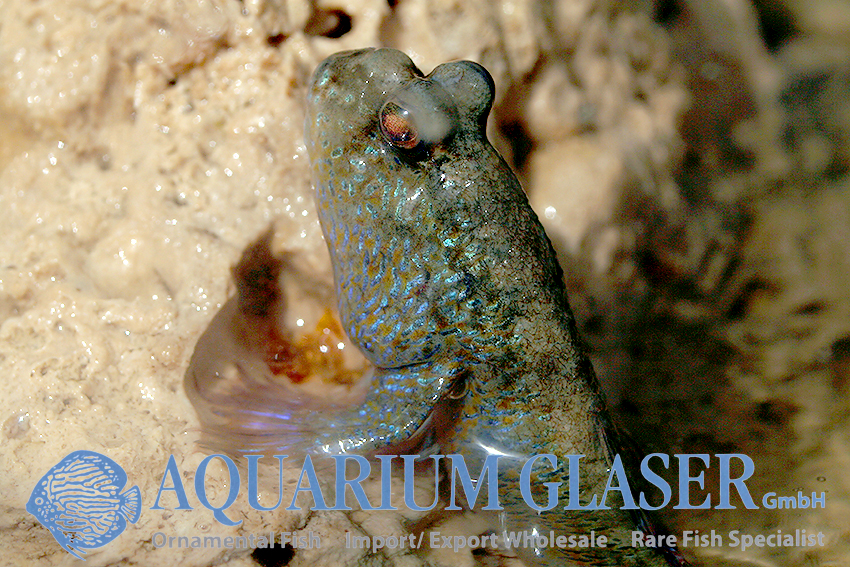
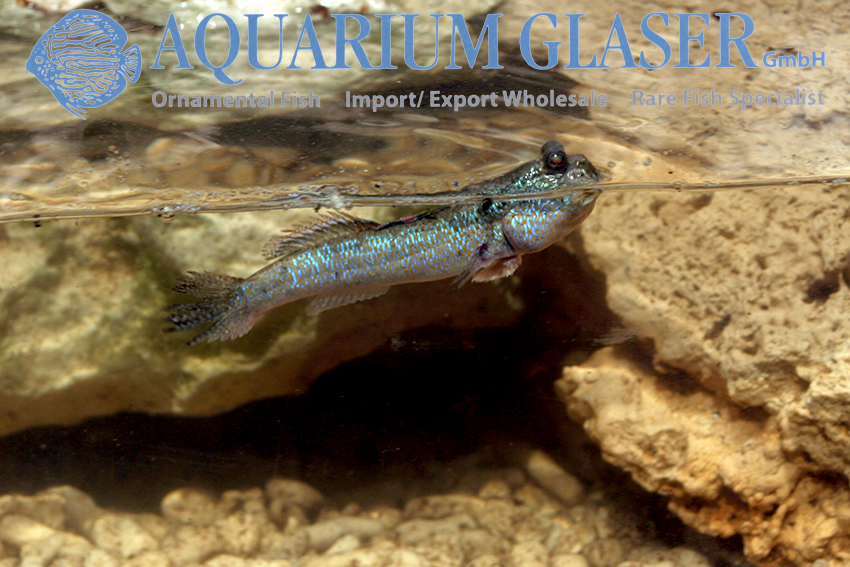
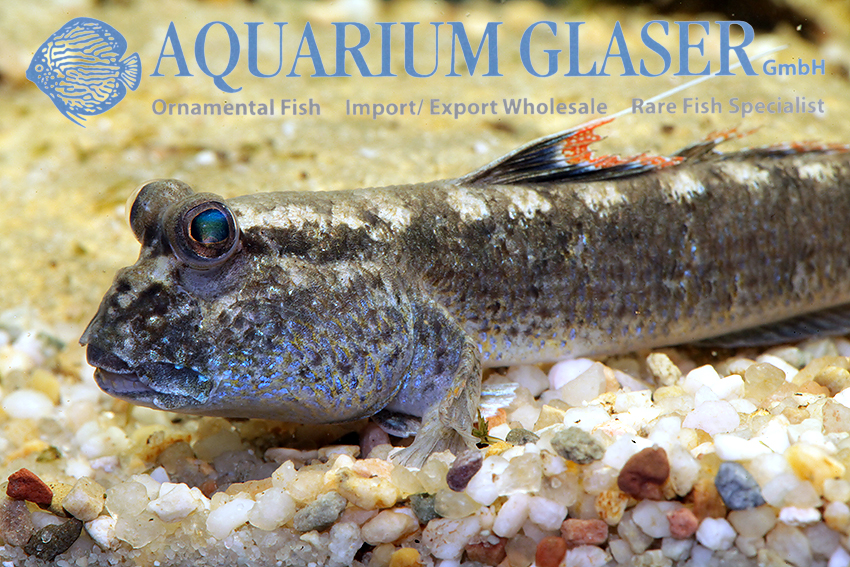
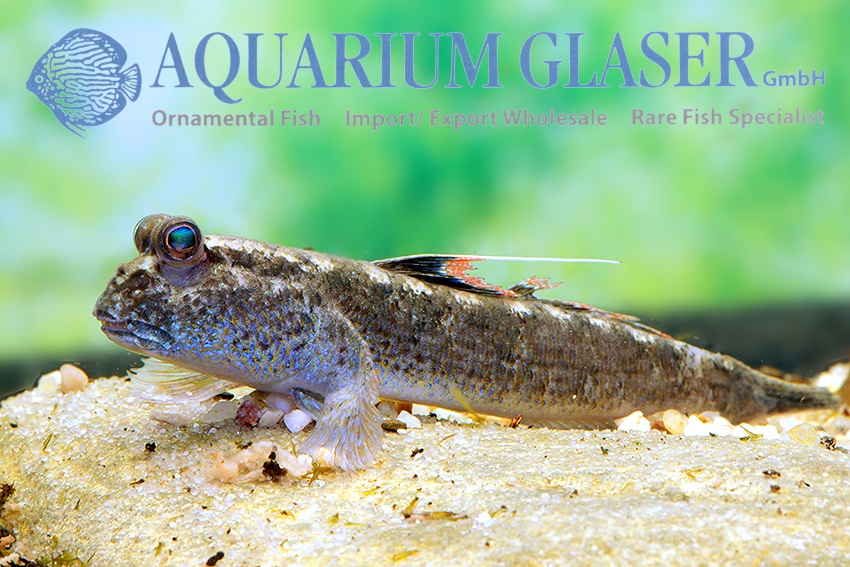
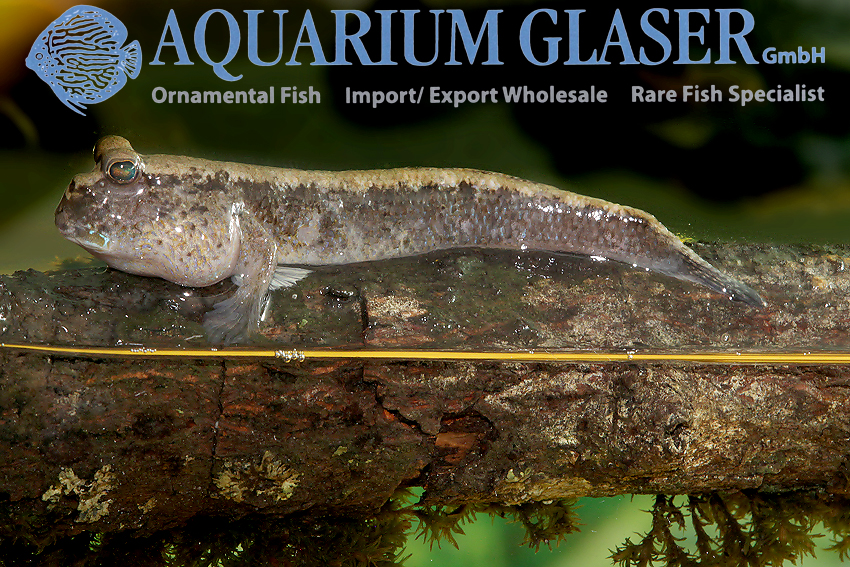
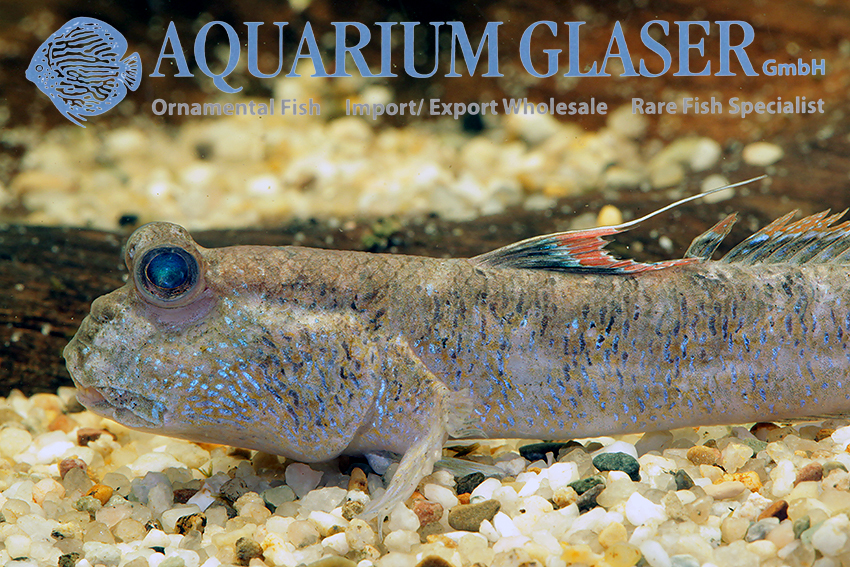
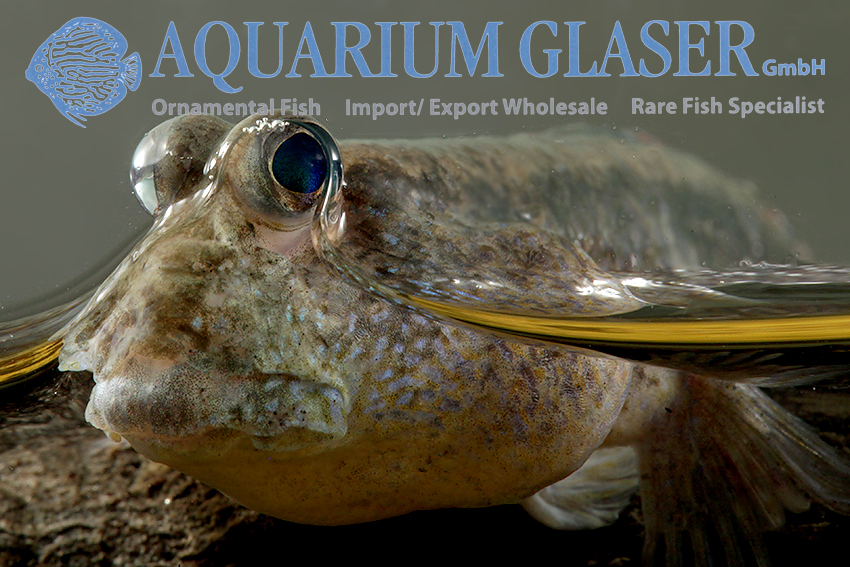
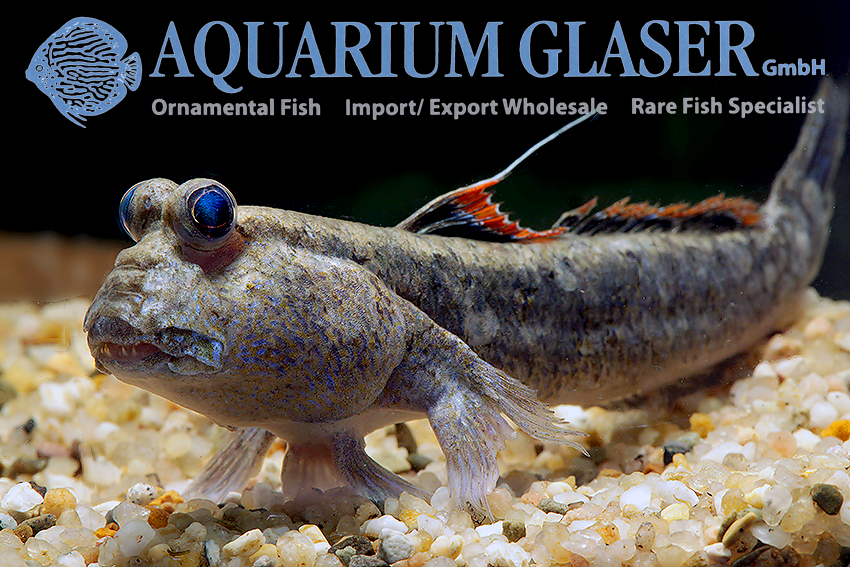
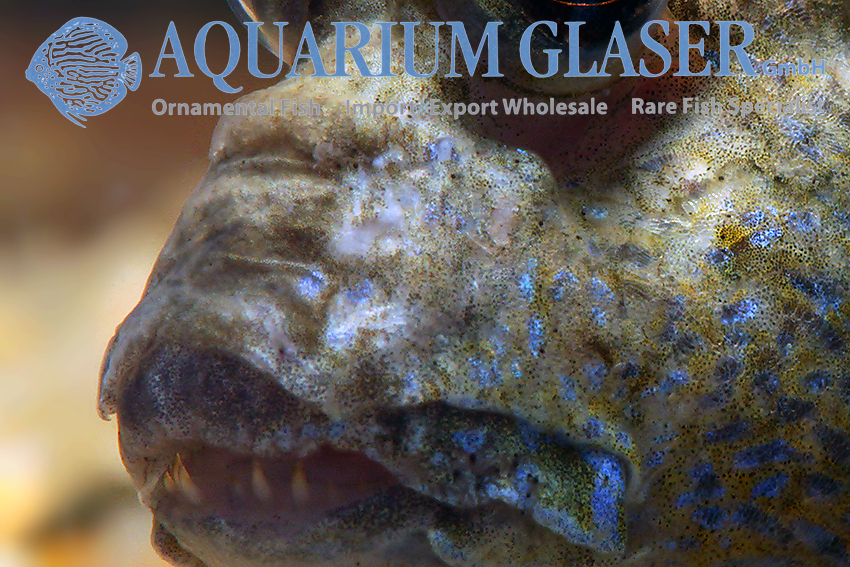
In terms of color, mudskipper species differ mainly in the coloration of the first dorsal fin of the males. This coloration is species-specific and the fin is used for communication both within and between species. Several mudskipper species usually occur together in one biotope, which differ in their final size and food preferences. By quickly moving the first dorsal fin up and down, the males impress each other, signal to other males that they are not competitors and court the females. This behavior is called “flagging”. The females of P. septemradiatus have no first dorsal fin at all or only a very stunted one. The sexes are therefore easy to distinguish.
Periophthalmodon septemradiatus is widespread along the coast of the Indo-West Pacific Ocean and can be found from India to Vietnam. This already shows that the larvae of this species – like those of most mudskippers – develop in the sea and, after a larval period in the plankton, go ashore where the currents have taken them.
The care of Periophthalmodon septemradiatus is typical for mudskippers. Brackish water is better for the animals than pure fresh water, in any case it is important to ensure that the pH value is above 8 if possible. The males sometimes fight fiercely. The social behavior of these animals is best compared with Malawi cichlids (mbuna). So: either just one male per aquarium or a whole troop (10 or more animals), this usually avoids murder and manslaughter. The diet is simple, any good dry food is readily accepted, plus frozen and live food for variety.
For our customers: the animals have code 441171 on our stocklist. Please note that we only supply the wholesale trade.
Text & photos: Frank Schäfer




